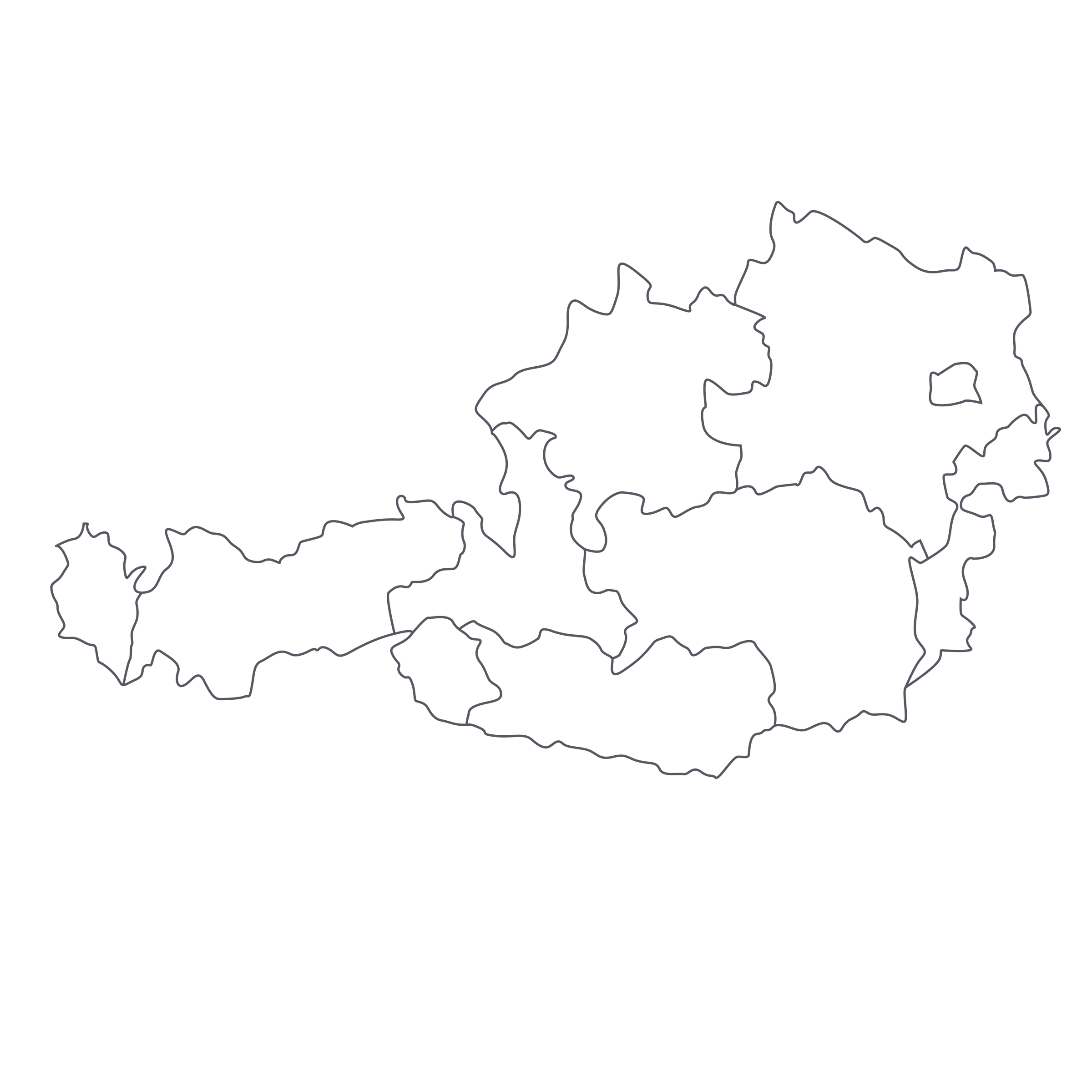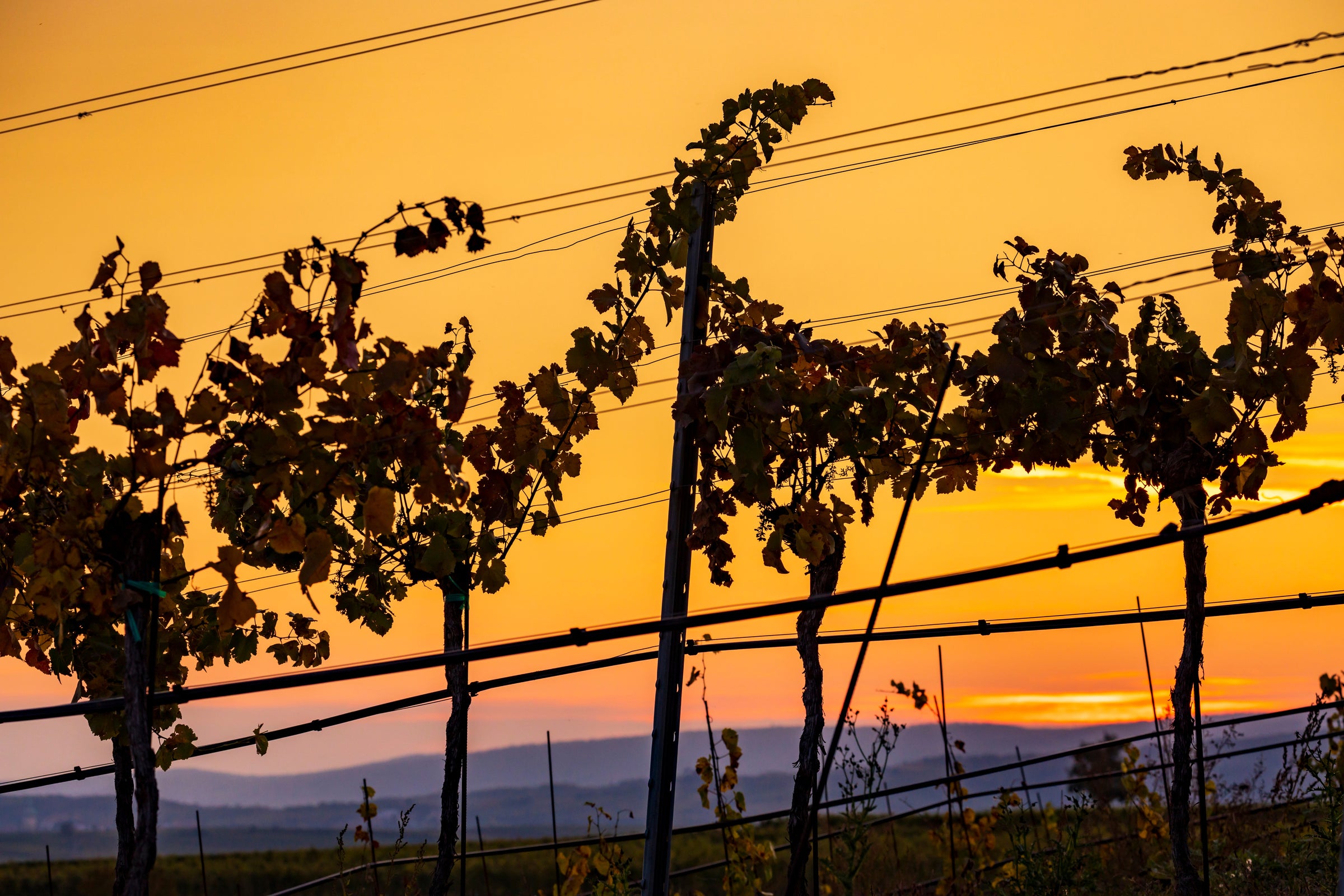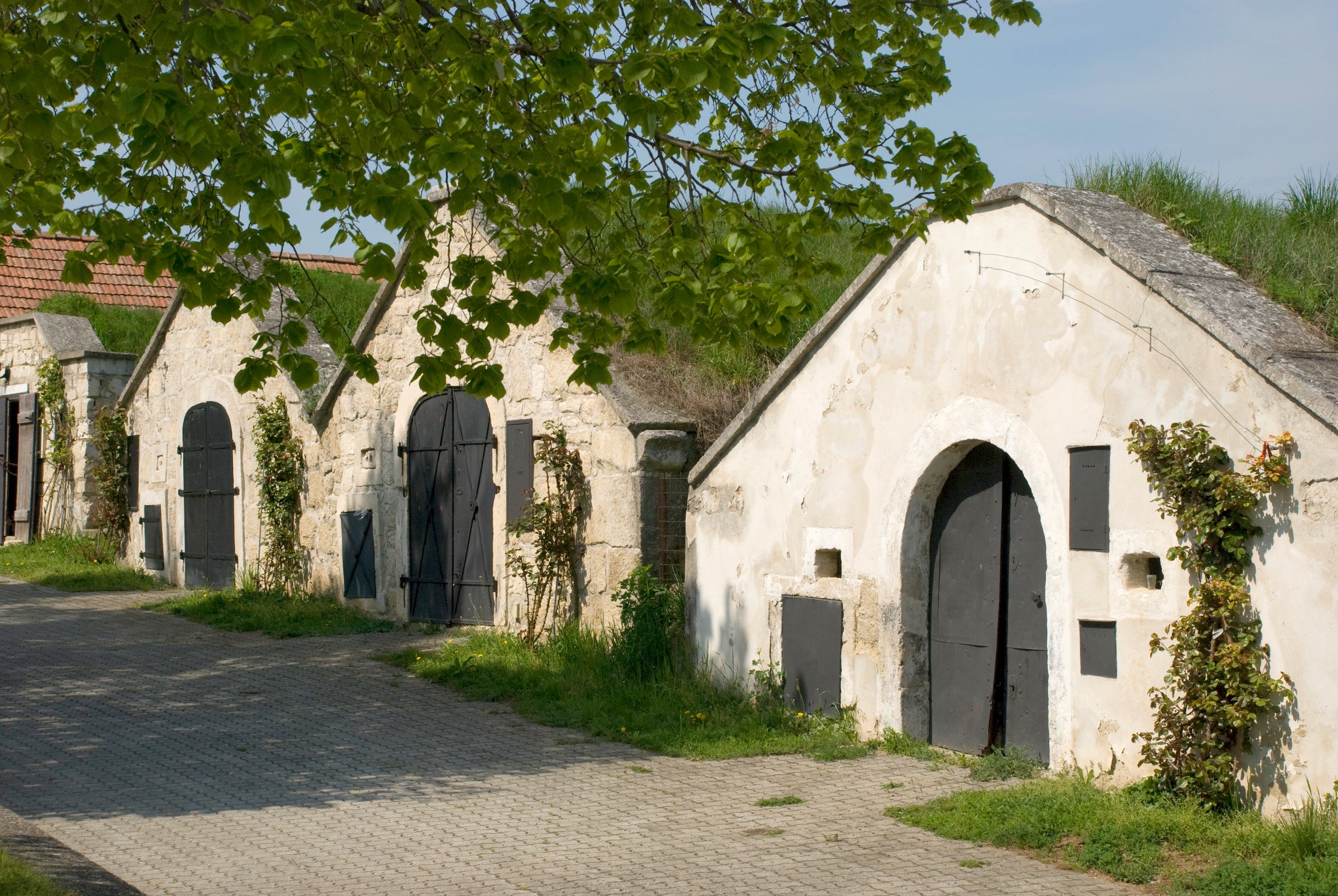Those rare, show-stopping performances that propel actors into the elite ranks (De Niro in “
Taxi Driver,” Daniel Day-Lewis in “
There Will Be Blood,” Brando in “
The Godfather”) prompt the viewer to sit back in awe, wondering if what they’re experiencing can ever be topped. I felt that same visceral reaction when Markus Huber’s 2011 was opened: Its eight years of age, astounding level of detail with each sip—vibrantly ripe fruits, crushed minerals, honeyed petrol—and illogically low price was enough to send every other wine packing. Nothing else came close to competing with it.
And then, we got to wondering—is there a better aged Austrian Riesling value on the market? We racked our brains, truly, but came up blank. Huber’s Engelreich is a dry Riesling masterpiece coming from a single vineyard in Traisental, an emerging appellation abutting the powerhouses of Kremstal and Wachau. If there was one name to commit to memory in Traisental, it would be Markus Huber, and if there was one label that needed to showcase just how stimulating the wines from this region can be, I’d hand today’s bottles out like candy on Halloween. Ripe, dry, electric, and layered—we’re nominating this insane value for just about every delightful gustatory category out there. And the award goes to…
When Jancis Robinson and Hugh Johnson name-drop a producer in their World Atlas of Wine, it means something. Accordingly, Markus Huber is the ONLY name they mention for the entire region of Traisental. Situated along a narrow Danube tributary and comprised of less than 800 hectares of vineyards, the Traisental region was only officially codified as a DAC (controlled appellation) in 2006. But new doesn’t always mean inexperienced: The Hubers have been doing this for 10 generations, and current proprietor Markus has taken the winery to new heights—the hat-tip from Jancis and Hugh is justified!
Today’s 2011 is aged Riesling heaven, which is fitting when considering the east-facing vineyard from which it was sourced: “Engelreich,” or “Angel’s Kingdom.” In the winery, the grapes were handpicked, sorted, and gently pressed before a brief four-hour maceration. Stainless steel was the only vessel used during vinification and aging on the lees. It was bottled in late 2012 and has been resting in a cool, dark place ever since.
So, with all this exciting buildup, what wizardry can you expect inside the bottle? A savory, fruit-filled explosion erupts the moment the wine rushes into the glass. Still, hard as it may be to keep from getting tight after it, I recommend a brief 15-minute decant before further exploration. It’s deep yellow color dazzles with elusive shimmers of neon green—letting you know that an energetic, deeply flavorful Riesling lies just ahead. Dip your nose in and you’ll discover a world of high-toned perfumes: green mango peel, kiwi, sliced yellow apples, white peach skin, honeysuckle, wet stones, citrus blossoms, and entrancing notes of petrol that serve as the powerful backbone throughout. The palate is gorgeously textured, enlivened by layers of bracing minerality and full-throttle fruits that create a beautifully ripe yet resoundingly dry finish. What a standout performance from Huber! This wine is in a perfect drinking window so in order to give it the standing ovation it deserves, open a few bottles in front of a crowd—they will quickly become admirers. Serve in all-purpose stems around 45-50 degrees and try out the attached spicy salmon poke bowl for an added kick. Cheers!
One more thing: Remember the episode of “Seinfeld” where Kramer and a car salesman see how far the vehicle can go when the fuel gauge is dangerously close to ‘E’? They end up driving countless miles, fueled by adrenaline, well late into the night until the car eventually putters out. I liken that to the future of this wine: it already has eight years of mileage under its belt, but I think it will continue defying time for five more years, perhaps more if preserved well. Test it out—ride the rush!






